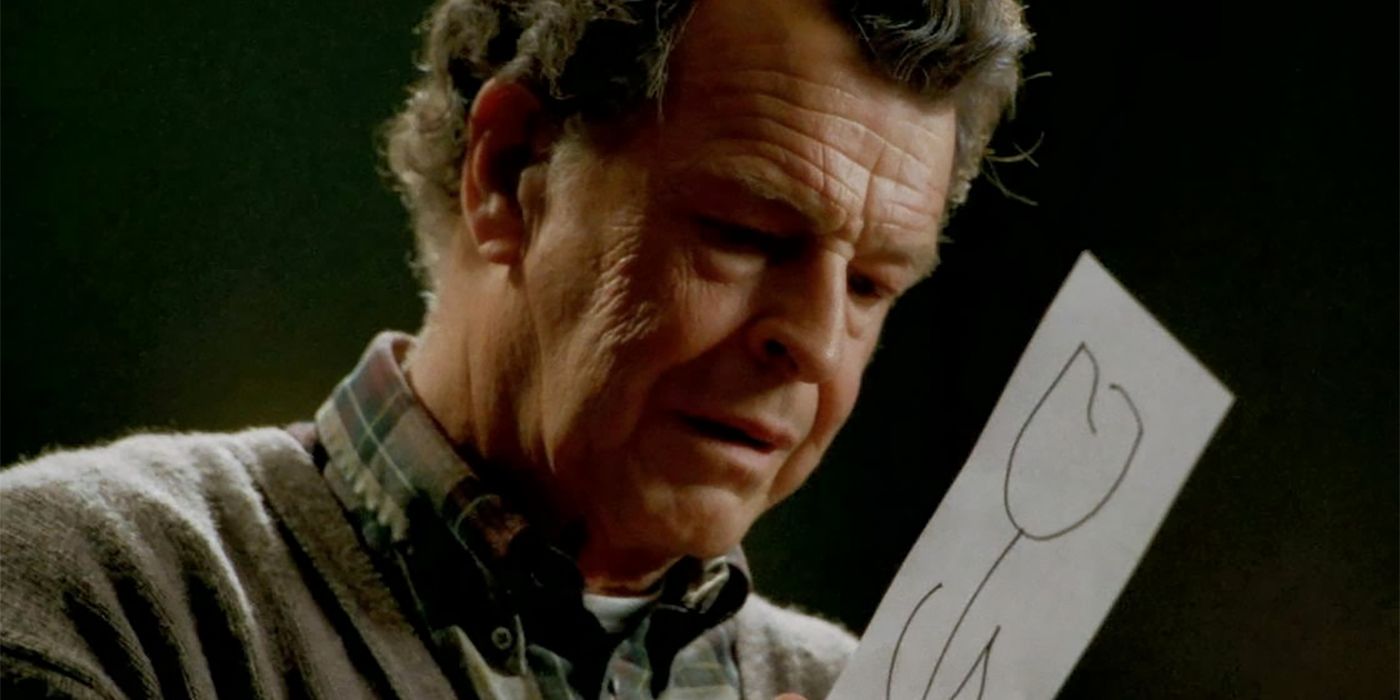
Why was Fringe cut ahead of season 6? From the minds of J.J. Abrams, Alex Kurtzman and Roberto Orci, Fringe delved deep into science fiction canon and told a reality-questioning, high-concept story over the course of 5 seasons. Built around the trio of Olivia Dunham (Anna Torv), Peter Bishop (Joshua Jackson) and Walter Bishop (John Noble), Fringe begins when Olivia's FBI day job lands her a case that science can't explain. Desperate, Olivia turns to a person science can't explain - the incarcerated Walter and his chaperone son. The trio form the Fringe division, investigating inexplicable phenomena such as alternate worlds, human test subjects and psychic powers.
The Fringe team bonds and expands throughout the show's five seasons, and the story ends in suitably grand fashion. After discovering an incoming invasion in season 4, Fringe's fifth and final season chronicles the fight against the Observers to end their dystopian rule over Earth. Largely taking place in the future, Fringe season 5 sees Walter try and assemble a master plan that incorporates a selection of favorite episodes from the show's history. By changing the timeline and sacrificing his own existence, Walt is able to ensure the Observer dystopia never happened, allowing his son and Olivia to enjoy a bright future together with their daughter. This marked the end of Fringe's pseudo-science roller coaster.
Fringe enjoyed a passionate core following and received plenty of critical praise, so why wasn't the series renewed for a sixth season? Fox's motivations in bringing Fringe to a close were twofold - falling ratings and an expensive production budget. In terms of viewership, Fringe's debut season began strongly enough, but saw a significant drop-off with its sophomore effort. By season 3, numbers had approximately halved. This wasn't necessarily a reflection of Fringe's popularity - a high percentage of viewers watched episodes via DVR or other such recording, but this was back in the days when streaming and on-demand was still an unknown quantity and live viewership remained vital.

As well as being far from a ratings smash, Fringe also commanded a hefty budget and premiered with fewer commercials. On the 2012 Television Critics Association tour (via IGN), Fox's Kevin Reilly revealed that Fringe had been making a significant loss. In truth, Fringe was flirting with death for some time before the plug was actually pulled, moved to the infamous "friday night death slot" for its third season. Meanwhile, Abrams and others on the Fringe creative team spoke openly about concerns that the series would be killed off before delivering a proper ending.
Despite preparing for a hasty conclusion with season 4, Fringe was (generously by modern standards) afforded a 13-episode fifth season in order to provide a satisfying conclusion to the show. This was largely because, in spite of a ratings decline, Fringe's viewership largely stabilized around the season 3 mark, proving that the adventures of Olivia and the Bishops had found their audience. Furthermore, 13 more episodes was enough to take Fringe to the magic 100-episode milestone that would allow Fox syndicated reruns of Fringe in the years to come.
Given the meaty subject matter and lofty themes at play, Fringe was never going to be the next Desperate Housewives, but fans can certainly be grateful that the series ran for as long as it did and was wrapped-up in an effective way. Fringe's final episode ranks among the more acclaimed series finales in recent memory. It would be interesting to see how Fringe would have fared in 2020 on a service such as Netflix. The series lends itself excellently to binge-watching and would surely have discovered a wider audience online. Even so, it's highly unlikely Fringe would have been commissioned for a sixth season, even on a streaming platform.
from ScreenRant - Feed https://ift.tt/2YZbcml

0 Comments